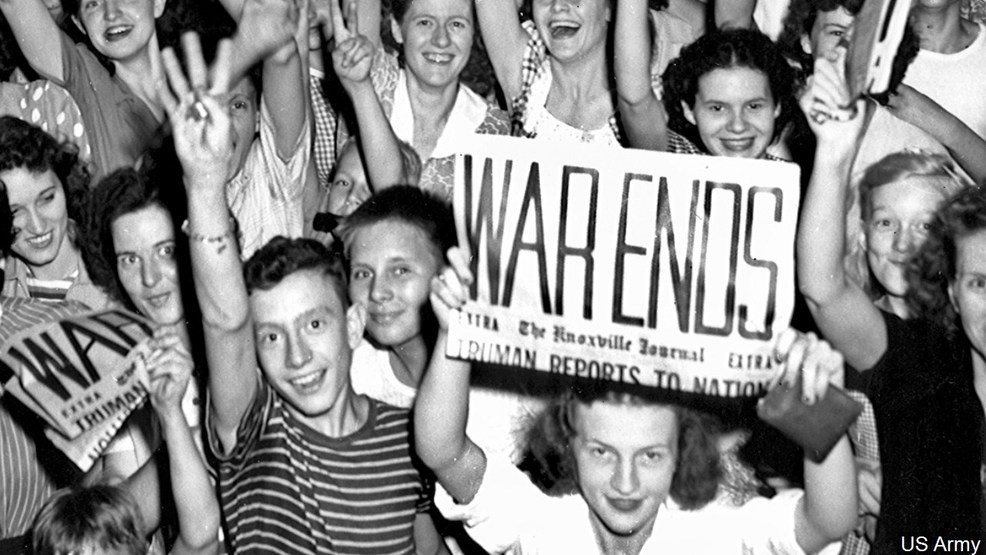

Harada: I think it's a tough conversation because, you know, as I've suggested renaming Victory Day, it often feels like I'm trying to take a holiday away from those veterans. What do you say to people who come from that background, who still remember that? Rhode Island had a major role in the war, both in combat, sending people into combat, and as a support base for the war effort, a Navy base, for example. And I also hired a banner-towing plane to carry that message across the Rhode Island beaches.įallon: Now, the World War II memory, when this holiday was established, was of course, very, very strong. In 2020, I also printed a poster that had a hashtag of #RenameVictoryDay to try and utilize social media a little bit to extend the reach. And that has sort of morphed in the last few years. So with that poster campaign, I worked with some local businesses to hang up posters, and also just get them out into the community. I mean, it's the second Monday in August, it's been so hot lately. Because again, I think a lot of residents use the holiday to go to the beach. So Ocean State Day, Mayor's Bay Day, Lobster Roll Day, Surf and Sand Day - basically, different examples of what the holiday could be called. Harada: So in 2019, I started a poster campaign with different ideas for the holiday name. You know, it is a commonly known fact, but I'm learning that it's less well known on the East Coast it is, you know, out west, or on the West Coast.įallon: Now, you have a Rename Victory Day art campaign.

… So for me, this project and my work in general has been a way to look back at that history through the lens of my family's experience, but also to bring new awareness to it. … It's a holiday that, you know, even though it is, was started as a celebration of veterans, it does lead to a lot of feelings of otherness in the Asian American community. The goal, as you got out of those camps, was to Americanize as fast as possible. It's something that she was really reticent to talk about, and that's a really common experience among people that are my age. Harada: I think that it does in a lot of ways. Your grandmother and her family among them. in those internment camps - a well known historical fact now - many of them U.S. Harada: A lot of people refer to it still as Victory over Japan Day or V-J Day, even though it is technically Victory Day on the books.įallon : Now, back in the 1940s, 120,000 people of Japanese heritage were incarcerated in the U.S. So it's really about bringing awareness to why the holiday is called what it is, and maybe thinking about shifting it to something that feels more inclusive.įallon: You know, the common term for it was always Victory over Japan Day. So for me, a lot of my artwork is about Japanese American incarceration and that experience. And so for me, coming to this state and learning about Victory Day, it was always a confusing moment of okay, wait, we take off the second Monday in August? Why do we take it off? Oh, no one is really quite sure, it has something to do with the war and veterans, but really everyone is going to the beach. Lois Harada: So I'm originally from Salt Lake City, where there's a larger population of Japanese American citizens. What does Victory Day represent to you, as a person of Japanese heritage?


The following transcript has been edited for length and clarity.ĭave Fallon: Lois Harada, welcome. Harada’s work is on display for the next several weeks at the WaterFire Arts Center and Cade Tompkins Projects in Providence, as well as at the Bristol Art Museum.
VICTORY DAY RHODE ISLAND 2022 HOW TO
Our afternoon host Dave Fallon spoke with Harada about her work, and her ideas for how to make the holiday more inclusive of all Rhode Islanders. Lois Harada is a Providence artist and printmaker behind the #RenameVictoryDay campaign. In recent decades, some Rhode Islanders have argued that the holiday’s focus on victory over Japan contributes to rising anti-Asian xenophobia, and serves as a reminder of the racism and persecution experienced by Japanese Americans during World War II.


 0 kommentar(er)
0 kommentar(er)
